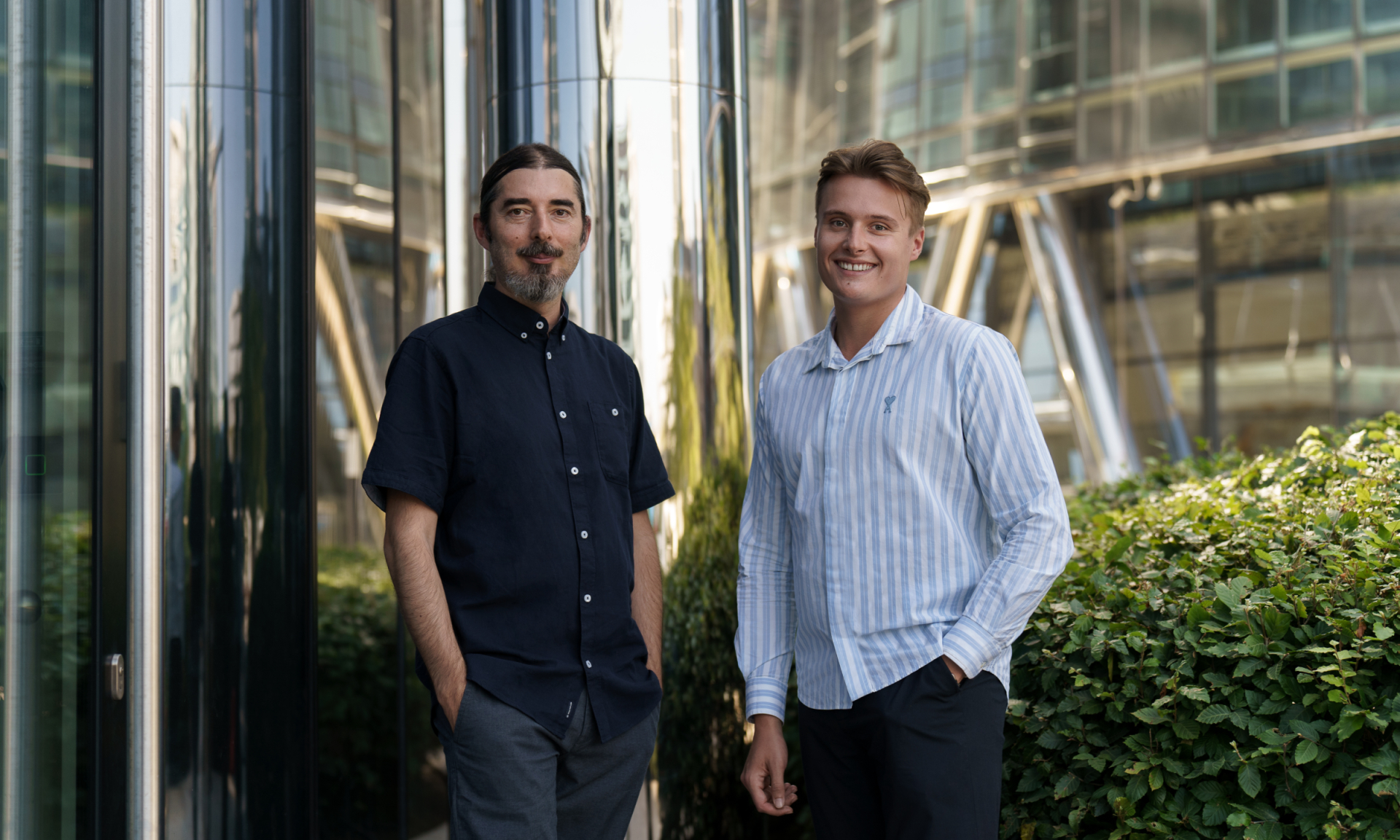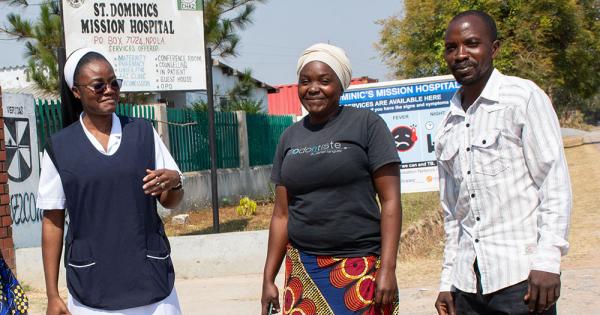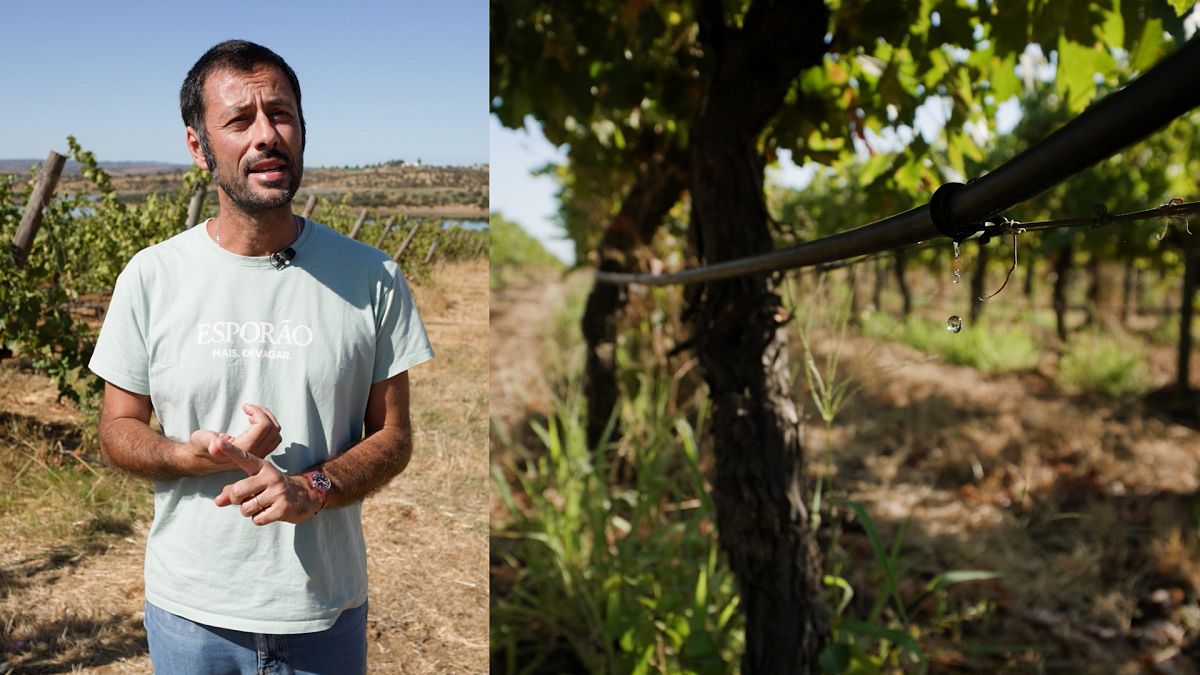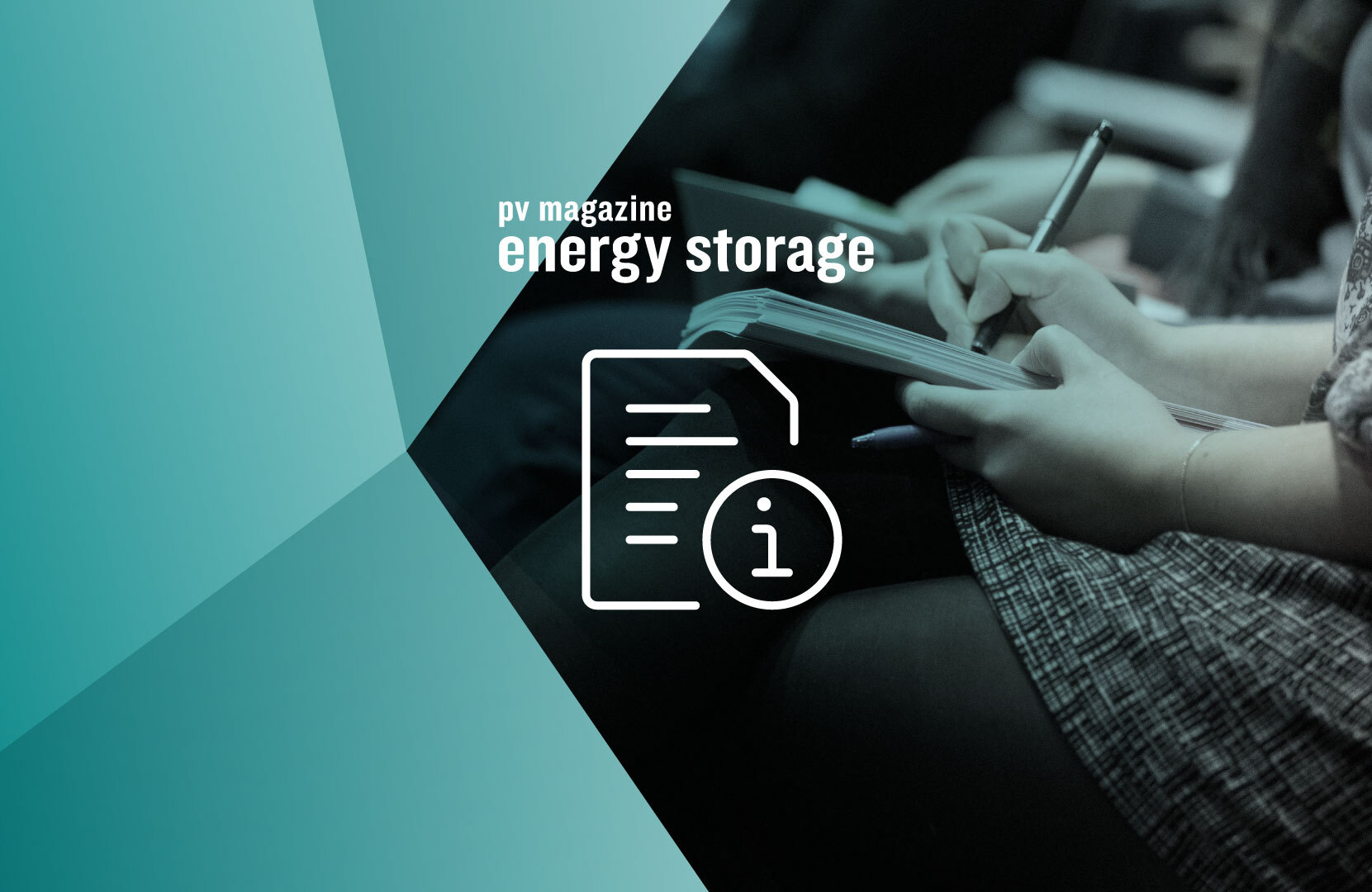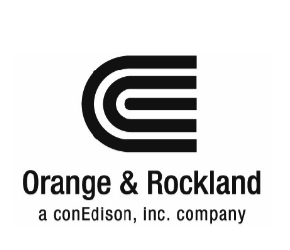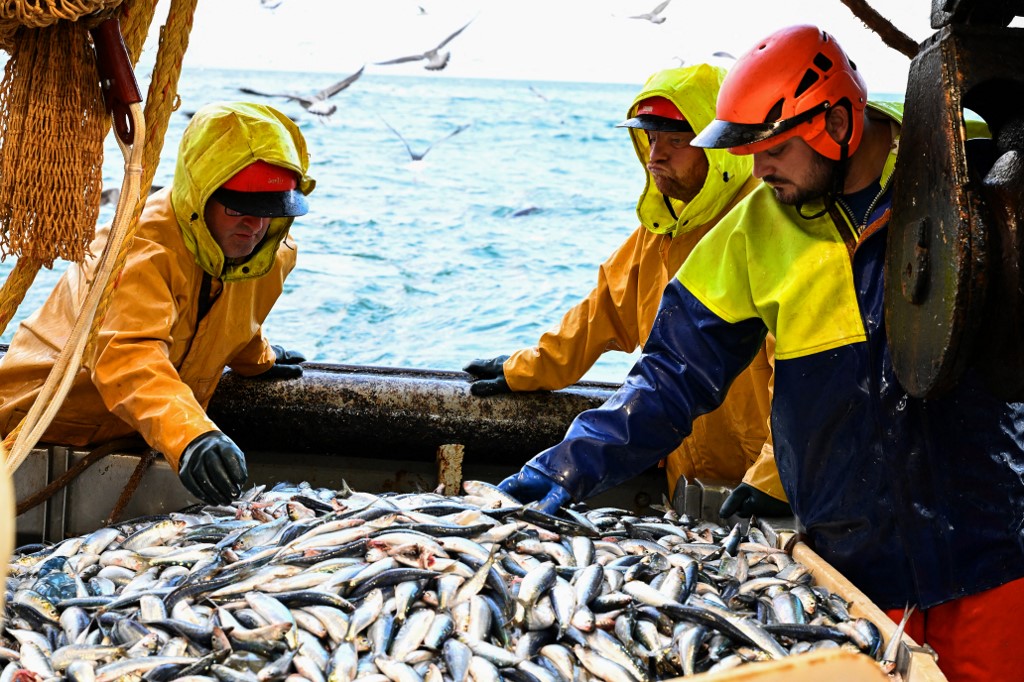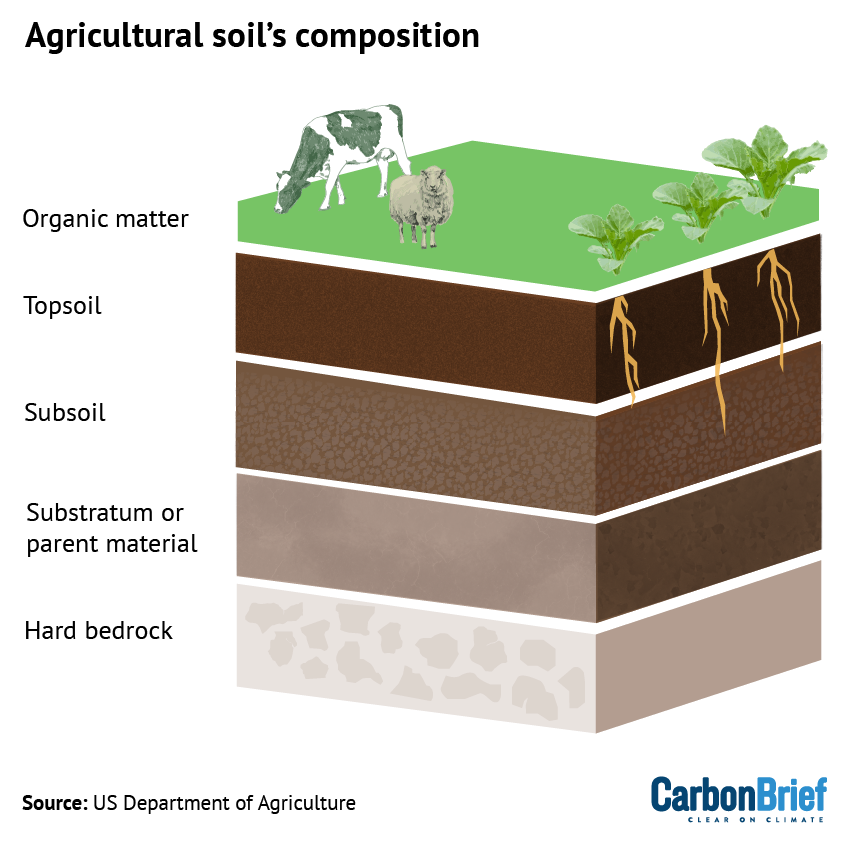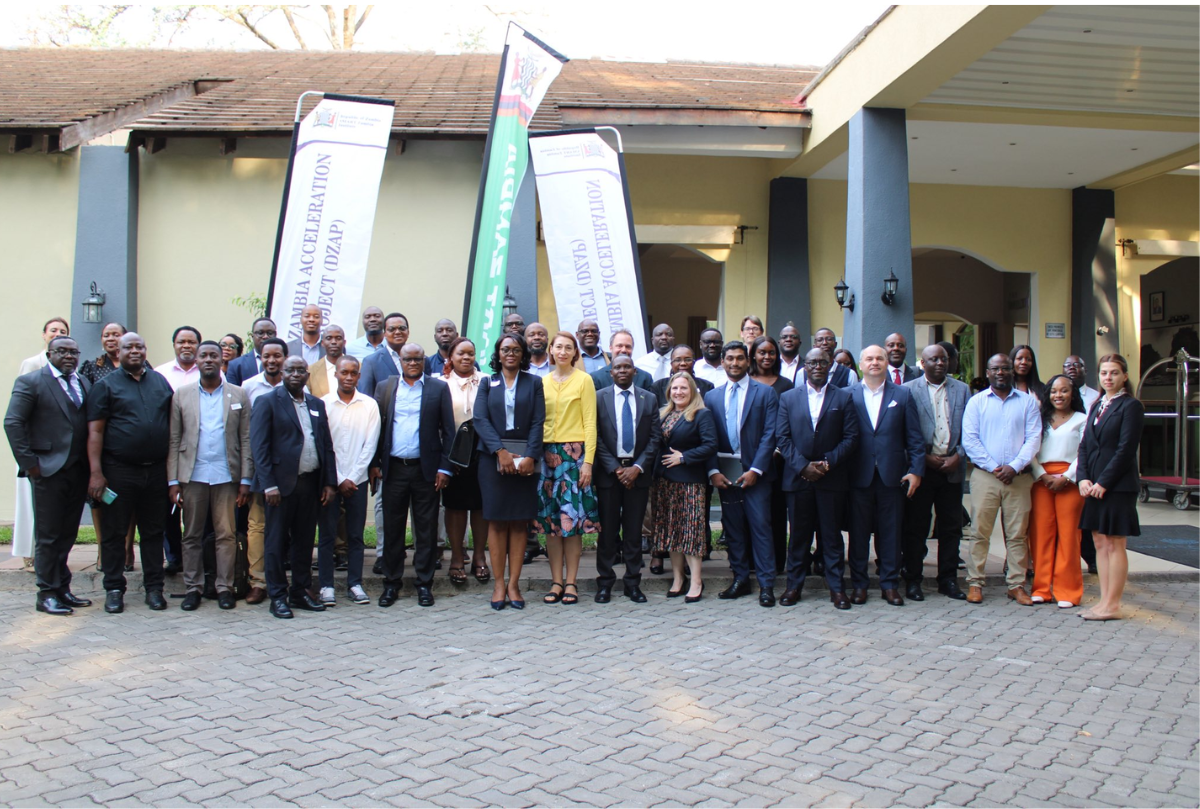This Device Pulls Water From Thin Air—Even in Death Valley – SingularityHub
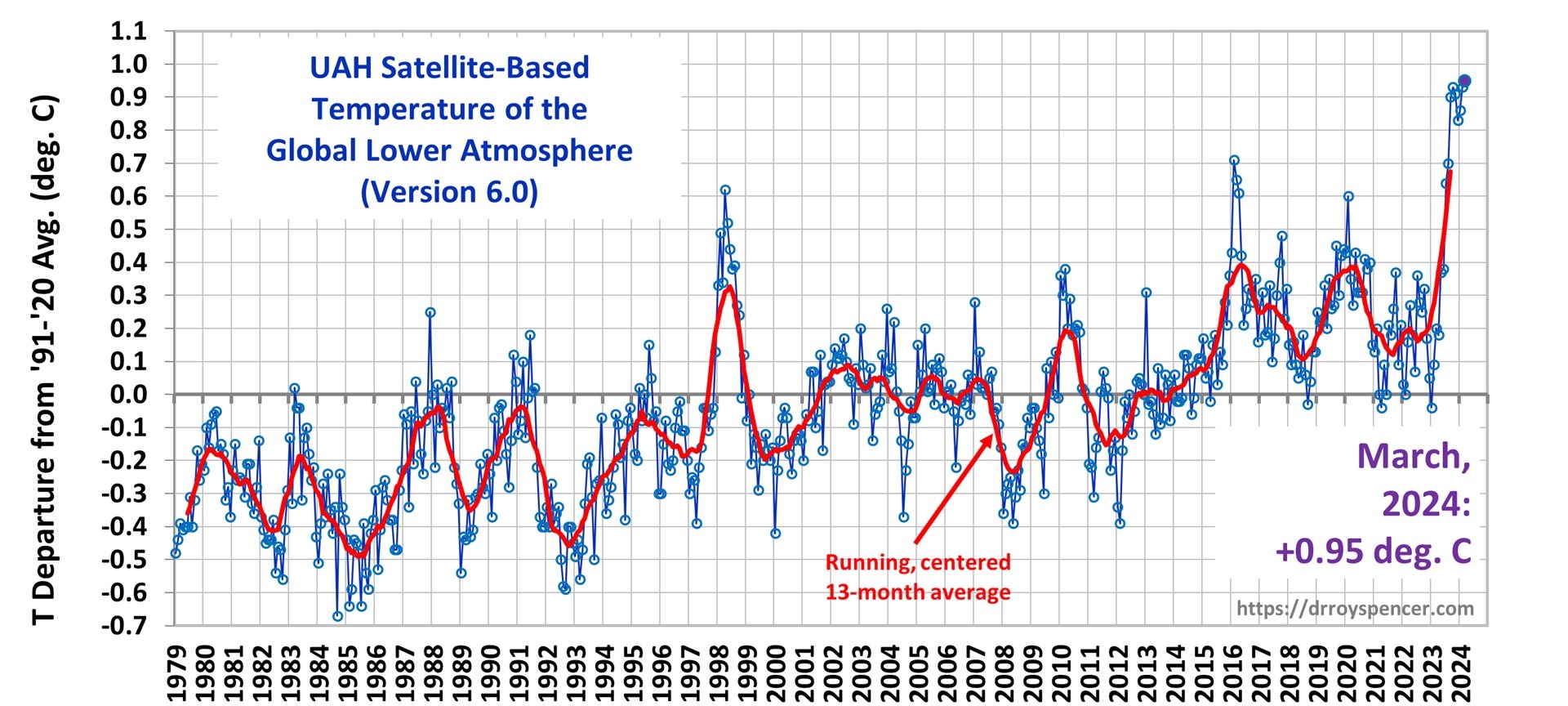
A Report on an Innovative Atmospheric Water Harvester and its Contribution to Sustainable Development Goals
Introduction: Addressing Global Water Scarcity Through Innovation
A significant technological advancement from MIT presents a novel solution to the global water crisis, a critical challenge impacting over two billion people worldwide. The development of a portable Atmospheric Water Harvesting Window (AWHW) directly addresses the United Nations Sustainable Development Goals (SDGs), particularly SDG 6 (Clean Water and Sanitation), by offering a pathway to secure safe and affordable drinking water. This report details the technology, its performance, and its profound implications for achieving multiple SDGs.
Technology Overview: The Atmospheric Water Harvesting Window (AWHW)
The AWHW is a passive, window-sized device engineered to extract potable water from atmospheric vapor. Its design represents a key development in sustainable infrastructure, aligning with the principles of SDG 9 (Industry, Innovation, and Infrastructure).
Core Mechanism and Design
The device’s functionality relies on a synergistic combination of materials and structural design:
- Hydrogel Sponge: A specialized, origami-like hydrogel array maximizes surface area to efficiently absorb ambient moisture, primarily during cooler nighttime hours.
- Passive Water Release: As solar radiation increases during the day, the hydrogel heats up and releases the captured moisture as water vapor.
- Condensation and Collection: The vapor condenses on adjacent glass panels, which are coated with a cooling chemical. The resulting pure water droplets are then channeled into a collection tube.
- Water Purity Assurance: The design incorporates glycerol to prevent salt leakage from the hydrogel, ensuring the harvested water’s salt levels are well below the safety thresholds for drinking water, a crucial factor for SDG 3 (Good Health and Well-being).
Performance Analysis and Viability for Sustainable Development
The AWHW has undergone rigorous testing to validate its efficacy and durability, demonstrating its potential as a reliable and adaptable water source.
Field Testing and Climate Resilience
The device was successfully tested in diverse climatic conditions, from a humid urban environment in Massachusetts to the arid desert of Death Valley, California. This adaptability is essential for deployment in various water-scarce regions globally.
- Performance in Arid Conditions: In Death Valley, a single panel produced up to 161.5 milliliters (5.5 ounces) of water, demonstrating its capability even in extreme environments.
- Durability: The device maintained approximately 90% of its harvesting capability after 340 cycles, equivalent to nearly a year of continuous daily use, underscoring its potential for long-term, sustainable infrastructure (SDG 9).
Economic Feasibility and Alignment with SDG 12
The AWHW offers a highly cost-effective alternative to bottled water, making it an accessible solution for low-income communities and contributing to SDG 1 (No Poverty). Furthermore, related research into hydrogels made from plant-based food waste points toward a future of even more sustainable production, aligning with the principles of SDG 12 (Responsible Consumption and Production).
Direct Impact on Key Sustainable Development Goals
The AWHW technology is a direct enabler of several critical SDGs, offering a practical tool to address interconnected global challenges.
SDG 6: Clean Water and Sanitation
The device’s primary contribution is to Target 6.1: achieving universal and equitable access to safe and affordable drinking water.
- It provides a decentralized, off-grid water source, empowering communities with water independence.
- It taps into the vast and renewable resource of atmospheric water vapor.
- It produces water that is safe for consumption, directly addressing the health-related aspects of water quality.
SDG 3: Good Health and Well-being
By providing a reliable source of clean water, the AWHW helps mitigate significant health risks. It can drastically reduce the incidence of water-borne diseases such as cholera and prevent the severe physiological impacts of dehydration, contributing to Target 3.3 (end epidemics of water-borne diseases) and 3.9 (reduce deaths from water pollution).
SDG 11: Sustainable Cities and Communities
The technology’s scalability is a key feature for building resilient and sustainable human settlements. The concept of stacking panels into vertical “water farms” presents a novel approach to integrating water production into urban infrastructure with a minimal footprint, enhancing community resilience to water shortages and climate-related hazards (Target 11.5).
Conclusion and Future Outlook
The MIT-developed Atmospheric Water Harvesting Window is a landmark innovation with the potential to significantly advance global efforts toward achieving water security. Its passive operation, durability, and cost-effectiveness make it a deployable solution for communities facing water scarcity. The future focus on scaling this technology into larger arrays could provide a substantial and sustainable water supply for families and communities, marking a tangible step towards fulfilling the promise of the Sustainable Development Goals.
1. Which SDGs are addressed or connected to the issues highlighted in the article?
SDG 6: Clean Water and Sanitation
- The article’s central theme is a new technology designed to provide safe drinking water. It directly addresses the global issue highlighted in the text: “over two billion people worldwide lack easy access to clean water.” The entire purpose of the MIT-developed device is to offer a solution to water scarcity.
SDG 3: Good Health and Well-being
- The article explicitly links the lack of clean water to negative health outcomes, stating it “can lead to diseases such as cholera.” It also describes the severe physiological effects of dehydration, such as organ failure, which underscores the importance of water for human health.
SDG 9: Industry, Innovation, and Infrastructure
- The article is fundamentally about a technological innovation from an academic institution (MIT). It details the “window-sized portable device,” its novel materials like the “origami-like hydrogel,” and its potential for being scaled up into “vertical ‘water farms’,” which represents a new form of sustainable infrastructure.
SDG 11: Sustainable Cities and Communities
- The technology is presented as a potential “off-grid solution for communities facing persistent water scarcity.” By providing a decentralized source of a basic service (water), it contributes to making communities more resilient and sustainable, especially in remote or resource-strained areas.
2. What specific targets under those SDGs can be identified based on the article’s content?
SDG 6: Clean Water and Sanitation
-
Target 6.1: By 2030, achieve universal and equitable access to safe and affordable drinking water for all.
- The article supports this target by describing the device as “highly cost-effective” and a solution for providing “affordable family-scale drinking water,” directly aiming to solve the problem for the “two billion people” who lack access.
SDG 3: Good Health and Well-being
-
Target 3.9: By 2030, substantially reduce the number of deaths and illnesses from hazardous chemicals and air, water and soil pollution and contamination.
- The article connects to this target by mentioning that lack of clean water leads to diseases like cholera. The new device produces water with “salt levels… far below the threshold for safe drinking water,” directly addressing the issue of water contamination and its health consequences.
SDG 9: Industry, Innovation, and Infrastructure
-
Target 9.5: Enhance scientific research, upgrade the technological capabilities of industrial sectors in all countries… encouraging innovation.
- The entire article is a case study for this target. It reports on a scientific breakthrough from MIT, detailing the research and development of a new technology (“atmospheric water harvesting window”) and its potential for “real impact.”
3. Are there any indicators mentioned or implied in the article that can be used to measure progress towards the identified targets?
SDG 6: Clean Water and Sanitation
-
Indicator 6.1.1: Proportion of population using safely managed drinking water services.
- This is implied by the article’s focus on providing water to the “two billion people” currently without access. The success of such technology would be measured by the number of people it helps. Furthermore, the quality of the water is a key metric, and the article notes that the harvested water had salt levels “far below the threshold for safe drinking water.”
Implied Performance Indicators
- Water Production Rate: The article provides a specific metric for the device’s output, stating it “captured a respectable 161.5 milliliters, or roughly 5.5 ounces, of water” in a desert environment. This is a direct indicator of the technology’s efficiency.
- Cost-Effectiveness: The article mentions the device is “highly cost-effective” and that alternative materials could be “dirt-cheap.” This is a crucial indicator for measuring its viability for “affordable family-scale drinking water” (Target 6.1).
- Durability and Longevity: Progress can be measured by the device’s lifespan. The article states it “retained roughly 90 percent capability after 340 cycles” and is estimated to “last at least a year,” which are key indicators of its sustainability and practicality.
4. Create a table with three columns titled ‘SDGs, Targets and Indicators” to present the findings from analyzing the article.
| SDGs | Targets | Indicators |
|---|---|---|
| SDG 6: Clean Water and Sanitation | 6.1: Achieve universal and equitable access to safe and affordable drinking water for all. |
6.1.1 (Implied): Proportion of population using safely managed drinking water services. Article-specific: Cost-effectiveness (“highly cost-effective”), water quality (“salt levels far below the threshold”). |
| SDG 3: Good Health and Well-being | 3.9: Substantially reduce deaths and illnesses from water pollution and contamination. |
3.9.2 (Implied): Mortality rate attributed to unsafe water. Article-specific: The technology’s ability to prevent waterborne diseases like cholera by providing clean water. |
| SDG 9: Industry, Innovation, and Infrastructure | 9.5: Enhance scientific research and encourage innovation. | Article-specific: The development of the new device itself, its water production rate (161.5 ml), and its durability (90% capability after 340 cycles). |
| SDG 11: Sustainable Cities and Communities | 11.1: Ensure access for all to adequate, safe and affordable basic services. | Article-specific: The device’s potential as an “off-grid solution for communities” and for “family-scale drinking water.” |
Source: singularityhub.com

What is Your Reaction?
 Like
0
Like
0
 Dislike
0
Dislike
0
 Love
0
Love
0
 Funny
0
Funny
0
 Angry
0
Angry
0
 Sad
0
Sad
0
 Wow
0
Wow
0
